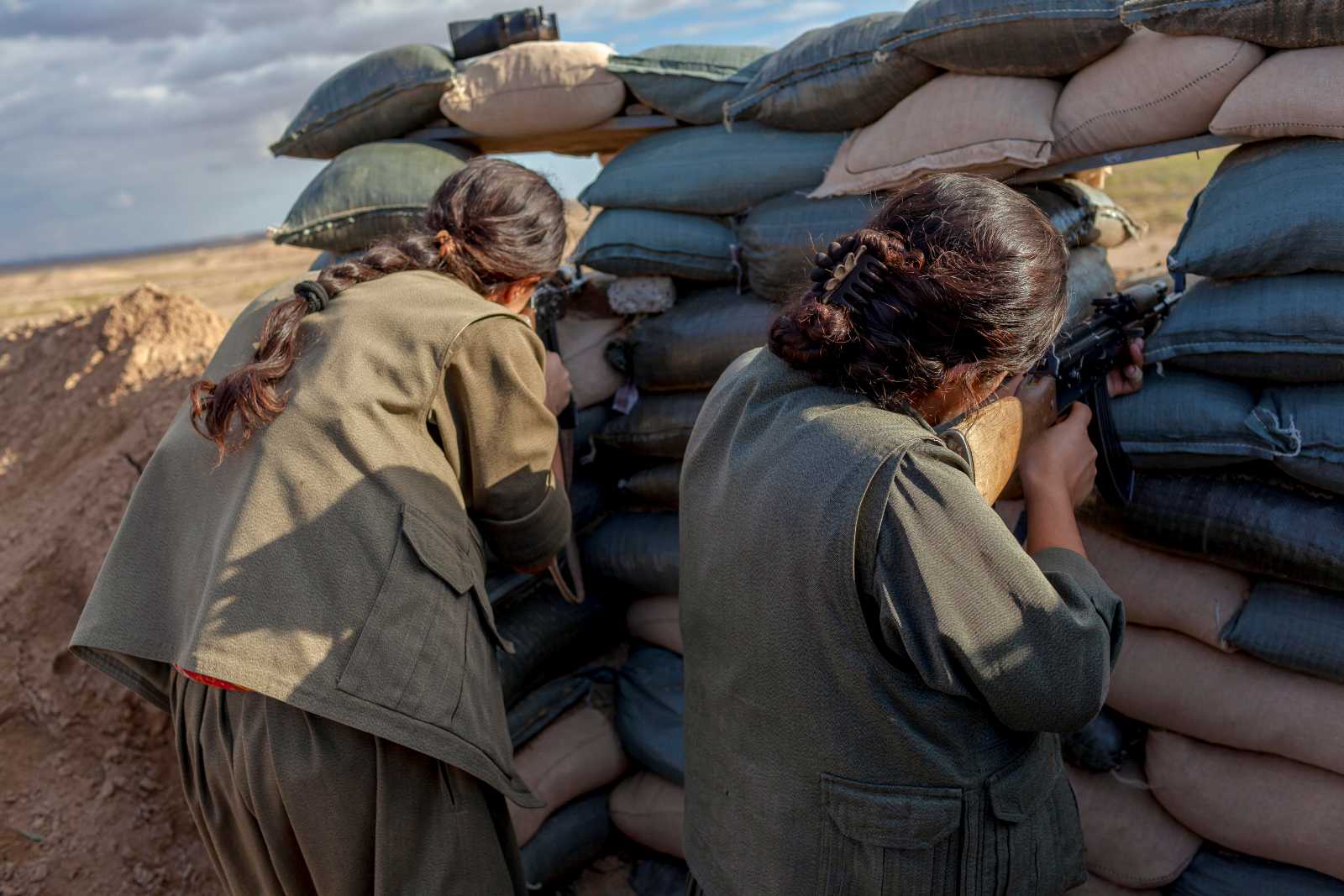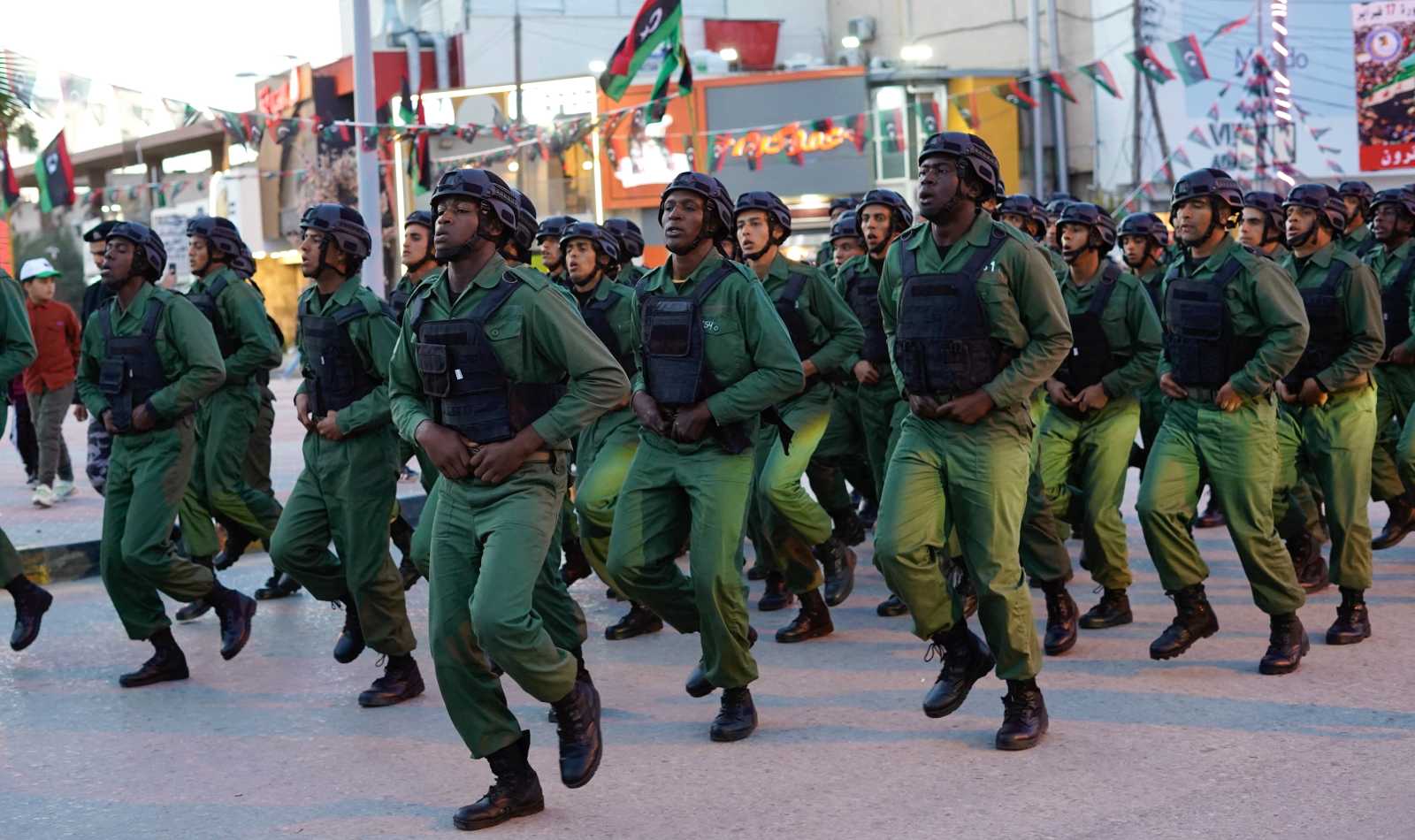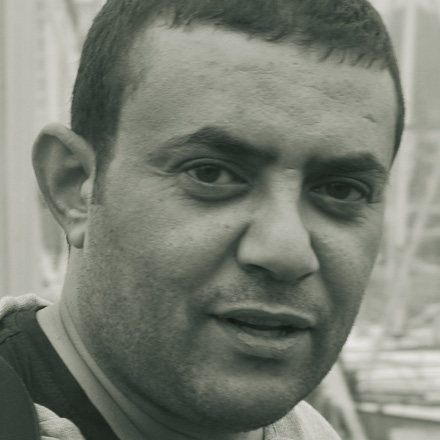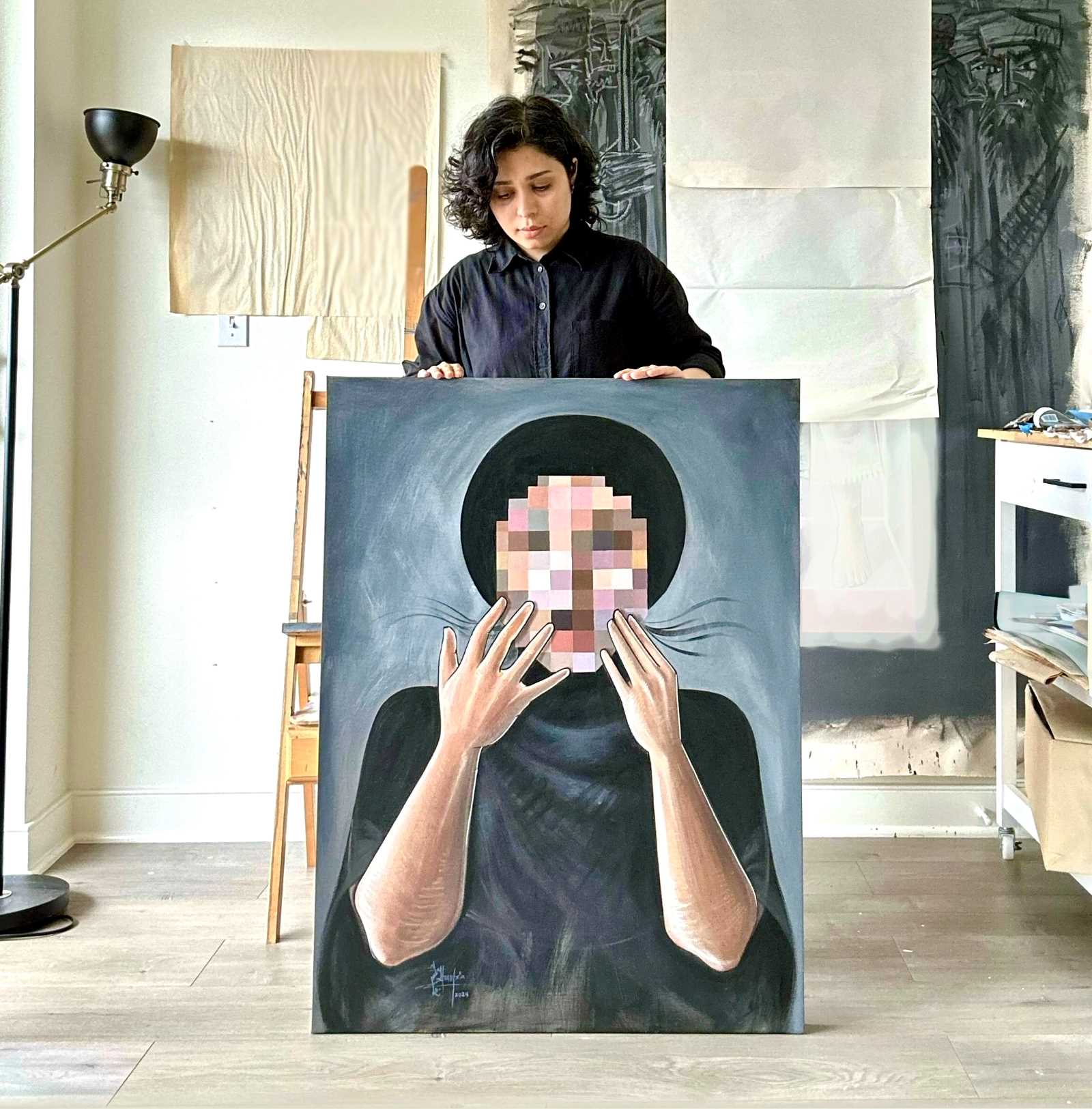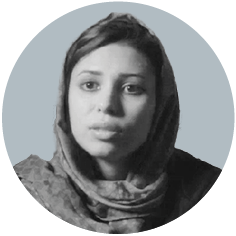Tigray conflict
Ethiopia’s fragile peace
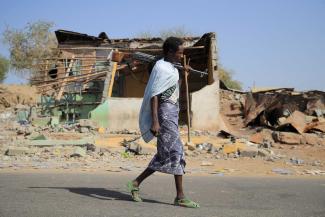
The conflict that erupted in 2020 between Ethiopia’s central government and the Tigray regional government was extremely brutal. In the end, it came down to which side was willing and able to pay the higher blood toll. Soldiers became cannon fodder, starving civilians became pawns of military strategy, infrastructure became a target for destruction.
As a result, there are currently millions of internally displaced people in northern Ethiopia. The country’s economy has been set back years and the population is increasingly disillusioned with politics. Rifts between ethnic groups have deepened.
The peace agreement negotiated in November in South Africa’s capital Pretoria came about partly because the Ethiopian central state was on the verge of economic collapse. Donor countries were applying increasing pressure. The federal government’s opponent, the Tigray People’s Liberation Front (TPLF), was also fighting for its military and political survival. Should peace fail, both warring parties have more to lose than before the treaty was signed: opposition forces and diaspora groups are harshly critical and poised ready to take over.
Sketchy peace treaty
After previous agreements had repeatedly been broken, many doubted that the parties to the conflict were seriously interested in peace. The peace agreement was panned for being too sketchy and non-binding. Critics claimed it would be difficult to implement – or could even trigger further conflict.
In the meantime, however, the positive signs are increasing. The parties met first in Kenya’s capital Nairobi and later in Tigray to discuss the implementation of the treaty. More than 65 % of the fighters fielded by the rebel Tigray Defence Forces (TDF) were swiftly demobilised. Major centres in Tigray have been reconnected to the national electricity grid and humanitarian organisations have regained access to those in need.
Not everyone is engaged
In certain areas, however, human rights continue to be violated, and delivering humanitarian aid remains difficult. This shows where the fault lines of the peace agreement run. The Ethiopian army was supported by the Amhara Fano militia and the Eritrean military. Neither of them was officially party to the negotiations, nor to the agreement. How this might impact on the peace remains to be seen. As of January 2023, the Eritreans stationed in the north are retreating in a looting frenzy. But they are unlikely to turn their backs on the territories they have claimed since the Eritrean-Ethiopian war at the turn of the millennium. Like the allied Amhara, they will expect compensation for sacrifices they made during the conflict.
Fundamental difficulties
While implementing the peace agreement, the deep-seated problems underlying the conflict must not be forgotten: unscrupulous elites strategically fuelling ethnic conflict; a spiral of violence, trauma and revenge; the exclusion of large parts of the population from development gains – all of these have set Ethiopia back, leaving it socially disrupted and economically poorer.
A national dialogue is needed to address these challenges. Initially, however, the focus is likely to be on economic development, which did not do much to promote social integration even before the conflict. What is more, the Ethiopian central government has emerged weakened from the Tigray conflict. It is more isolated internationally and more dependent on debtors and partners than before the conflict. Its armed forces are exhausted and riven by internal divisions.
Ethiopia must now be rebuilt in such a way that, firstly, the problems mentioned are not exacerbated. Secondly, it must be carried out simultaneously at all political and military levels – regional, national and international – in order to prevent the conflict from flaring up again and to lay the foundations for genuine peace.
Markus Rudolf is currently senior researcher affiliated at Addis Ababa University.
markus.k.rudolf@googlemail.com


